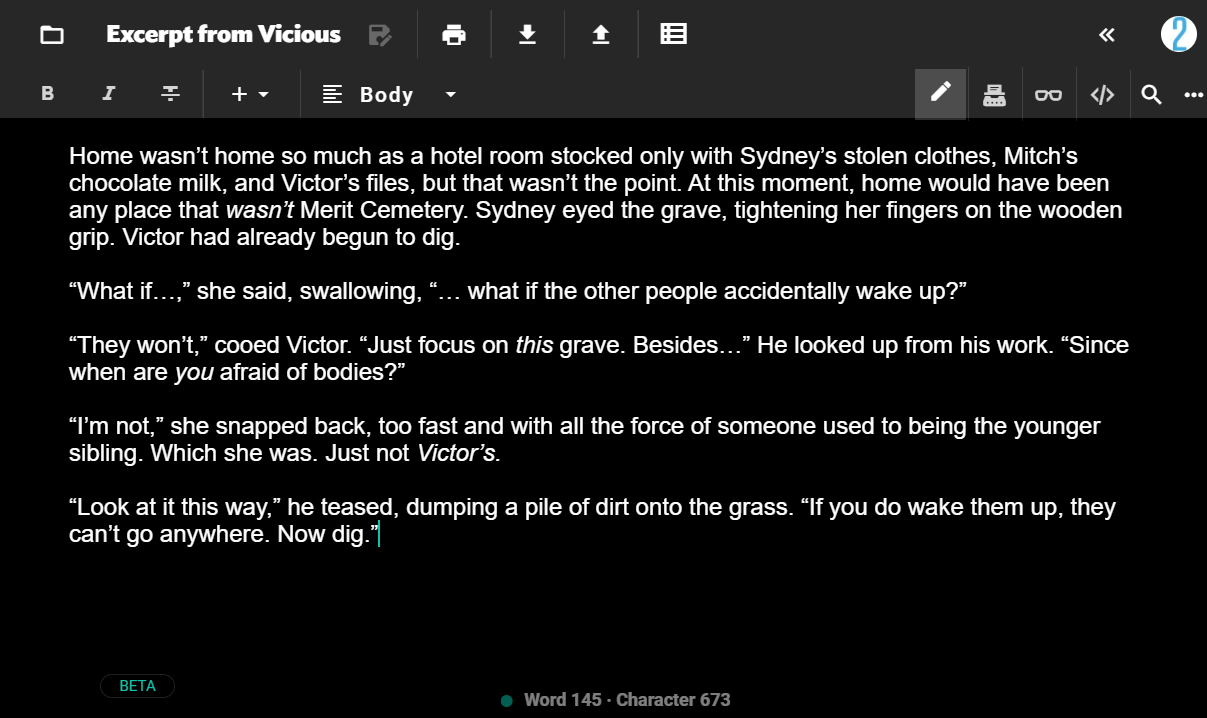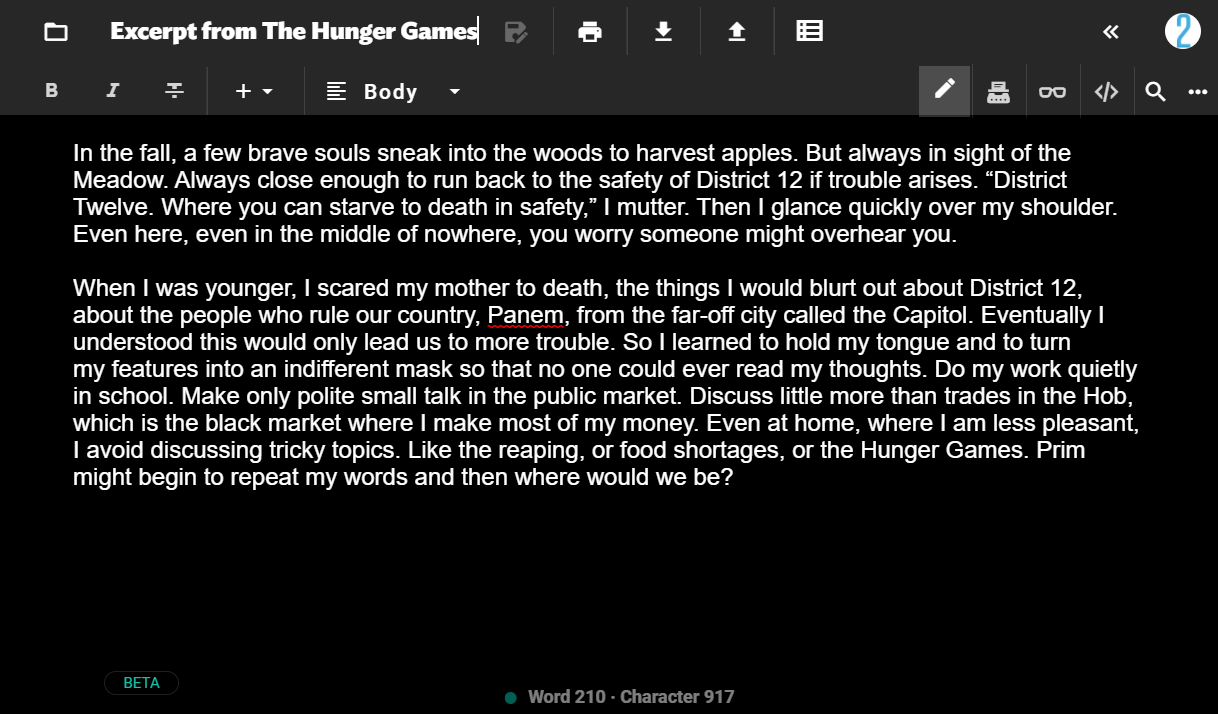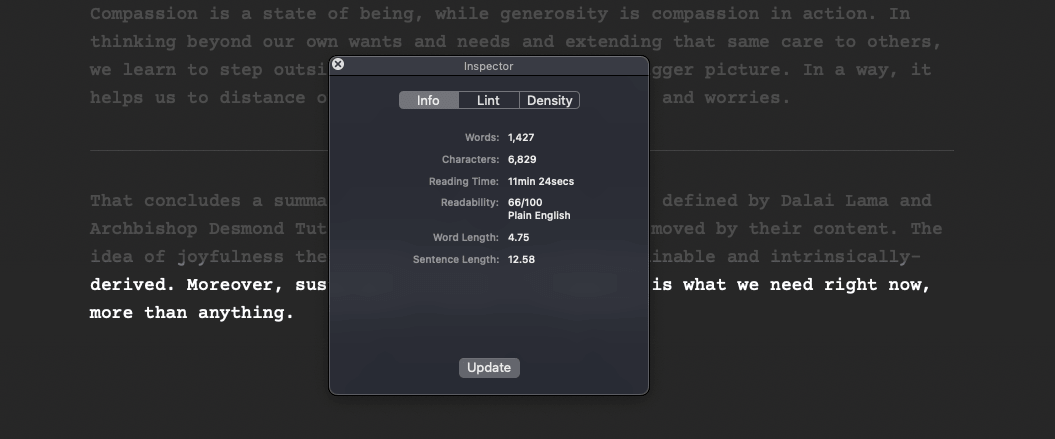While writing a story is an altogether difficult task, many authors tend to struggle with the very beginning — writing a story opening! After all, a good story opening is needed to rouse your readers' interest in your story and hook them in.
For our amateur and aspiring writers, here are 6 story openings that will keep your readers wanting more.
6 ways to write an eye-catching story opening
1. Start your story with a key memory

Photo by Roman Kraft on Unsplash
Many stories open with a key memory that is crucial to the plot or to the main character. It's important to keep this memory brief and ambiguous, so that your reader will be interested in knowing more. Write a flashback that will keep your readers wondering "what happens next?" or "what's the context?"
The Handmaid's Tale opens up with exactly that. The entire first chapter is shrouded in mystery as the narrator uses terms that the reader is not yet familiar with ("The Angels" and "The Aunts"), yet it's clear that the story is set in a dystopian world where the narrator and her companions are held captive.

Despite its short length, the story opening does so much to keep the readers intrigued! The author deliberately withholds information, yet feed the reader enough for them to want to find out more about the world.
2. Drop your readers right into the action
This is also known as starting your story in media res, a Latin phrase that directly translate into "in the middle of things". Hook your readers in by plunging them right into the action or into a dramatic point in the story. Get their heart pumping and their imagination flowing!
Let's look at The Handmaid's Tale again, but this time, at its TV series adaptation! Unlike the book, the TV series starts off with a bang and brings the readers right into the middle of a chase scene.
Even though the opening of the TV series is vastly different from that of the book, one thing remains the same: it's mysterious, and leaves the audience with many questions that they will watch on to have answered. Who the characters are, who are they being chased by, why are they being chased, and what happens to them?
3. Let your character do something out of the ordinary
A milder version of dropping your readers right into the action, starting off your story with your character doing something odd or out of the ordinary is also a good way to pique your readers' interest. Once again, it motivates them to read further to find out more about what they're doing and why they're doing it.
In V. E. Schwab's Vicious, the reader is introduced to the most unorthodox scene — a man and a young girl digging up a grave at a cemetery, and having a cryptic conversation.

4. Introduce your character and their voice
If the above story openings aren't to your taste, let's get back to basics. You can simply open your story by introducing your main character and establishing their personality or voice! This tends to work best with first-person narrators, but do be wary of info-dumping details about your character's backstory.
The Catcher In The Rye starts out with a bang with the narrator's blunt and disaffected words. Simply from the first few sentences, readers are able to parse and get an understanding of his personality.
If you really want to hear about it, the first thing you’ll probably want to know is where I was born, and what my lousy childhood was like, and how my parents were occupied and all before they had me, and all that David Copperfield kind of crap, but I don’t feel like going into it, if you want to know the truth.
5. Drop hints about the world and the setting
In The Hunger Games, we get a fairly calm introduction to Katniss, our main character, and we follow her as she goes through her morning routine. Even though Collins chose to go with a more slow-paced story opening, she manages to hold the audience's attention by dropping small snippets of details about the world and District 12.

Writing your story opening with JotterPad
As you write your story opening, it's important to make sure that what you're writing stays readable! It doesn't matter how interesting the premise of your story is if the story opening isn't written well.
With JotterPad's Inspector function, you can keep an eye on the readability of your work! It collects information about what you've written – the density of the words, number of words and characters, reading time – and calculates the readability of your work.

It may even suggest edits for you, such as informing you when a phrase is unneeded, or letting you know when a phrase is in passive voice.

Writing a strong story opening is tough enough, so why not make things easier on yourself by writing on JotterPad? Download JotterPad here now!

